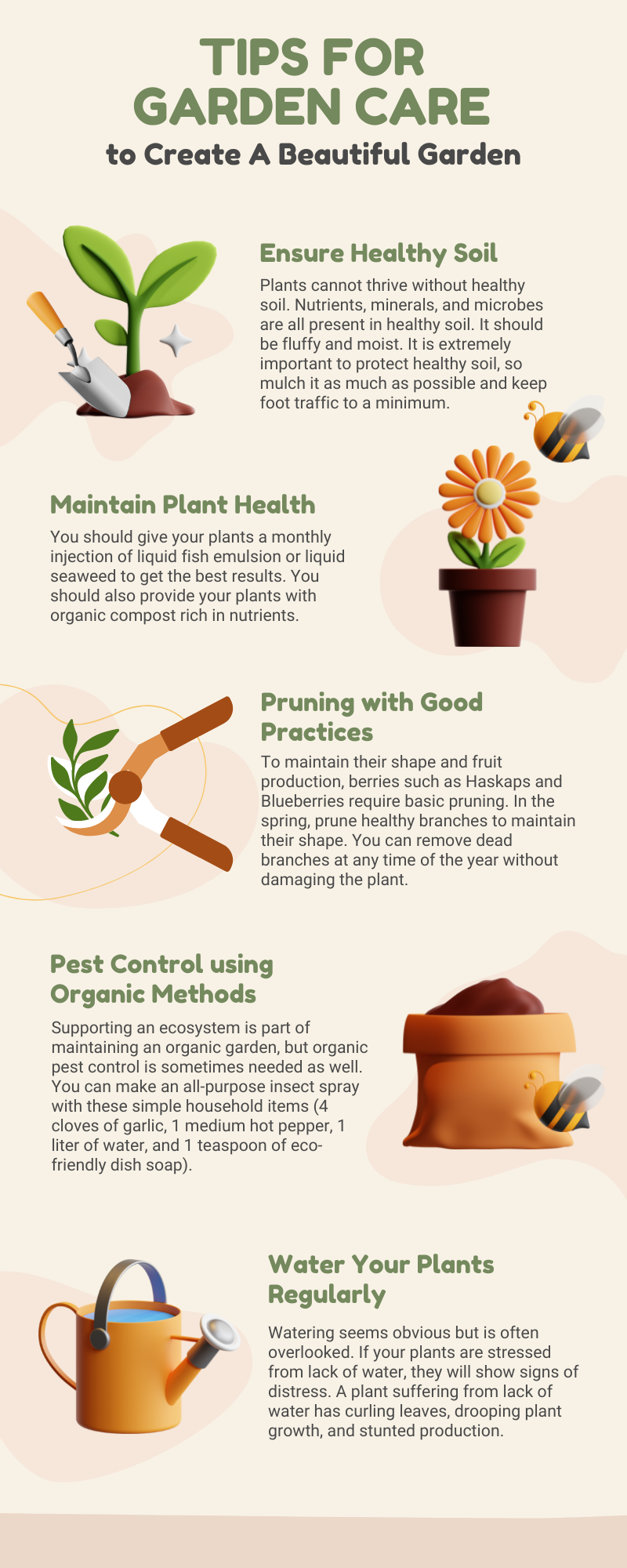Introduction
Protecting seedlings in your garden is crucial for ensuring healthy plant growth and a successful harvest. Seedlings are young, tender plants vulnerable to various threats like pests, harsh weather, and diseases. By taking timely protective measures, you can boost their survival rate and promote sturdier development. This article covers expert-backed strategies to safeguard your seedlings, including environmental controls, pest prevention, and proper care techniques. Whether you’re a seasoned gardener or just starting, these insights will help you nurture your seedlings into thriving plants.
Why Protecting Seedlings Is Essential
Seedlings represent the foundation of your garden’s future. Their delicate nature means they require special attention during the early growth stages. Without protection, seedlings may suffer damage from:
- Pests such as aphids, slugs, and cutworms that can quickly decimate young plants.
- Environmental stresses including frost, wind, and excessive sunlight.
- Diseases caused by fungal infections or damp conditions.
Failing to protect your seedlings can result in poor germination rates and stunted growth, ultimately reducing your garden’s yield.
Common Threats to Seedlings and How to Prevent Them
Pest Control Techniques
Pests are among the most common causes of seedling damage. Implement these methods to keep pests at bay:
- Physical barriers: Use row covers, fine mesh nets, or collars made from cardboard or plastic to physically block pests.
- Natural predators: Encourage beneficial insects like ladybugs and lacewings that feed on harmful pests.
- Organic repellents: Apply neem oil or insecticidal soap to deter insects without harming the environment.
Protecting Against Weather Extremes
Seedlings are sensitive to temperature fluctuations and harsh weather. To shield them:
- Use cloches or mini greenhouses: These create a controlled microclimate that protects seedlings from frost and wind.
- Mulching: Apply a thin layer of organic mulch to regulate soil temperature and retain moisture.
- Shade cloths: Protect seedlings from intense midday sun that can cause wilting.
Disease Prevention
Seedlings thrive in well-drained, clean soil. To minimize disease risks:
- Ensure proper spacing: Good airflow prevents fungal growth.
- Avoid overwatering: Excess moisture encourages root rot and damping-off disease.
- Sterilize tools and containers: This reduces the chance of spreading pathogens.
Best Practices for Seedling Care to Ensure Protection
Soil Preparation and Fertilization
Healthy seedlings start with nutrient-rich, well-draining soil. Before planting:
- Test soil pH and amend as needed to suit your plant variety.
- Incorporate compost or organic fertilizers to provide essential nutrients.
Watering Techniques
Proper watering supports seedling health without promoting disease:
- Water seedlings gently at the base to avoid wetting leaves.
- Use a watering can with a fine rose or drip irrigation for controlled moisture.
- Water early in the day to allow foliage to dry before nightfall.
Monitoring and Maintenance
Regularly check seedlings for signs of stress or pest activity:
- Inspect leaves for discoloration, holes, or sticky residue.
- Remove damaged or diseased seedlings promptly to prevent spread.
- Harden off seedlings gradually before transplanting outdoors by exposing them to increasing sunlight and wind.
Real-World Success: Case Study of Seedling Protection
A community garden in Oregon implemented a combination of row covers, organic pest repellents, and careful watering schedules over two growing seasons. They reported a 40% increase in seedling survival rates and healthier plants overall. Gardeners emphasized that consistent monitoring and early intervention were key to this success.
Conclusion
Protecting seedlings in your garden is a vital step toward a flourishing garden. By understanding common threats like pests, weather, and diseases, and applying expert strategies such as physical barriers, proper watering, and soil care, you can significantly improve seedling survival. Remember, attentive care, regular monitoring, and timely interventions create the best conditions for your seedlings to thrive. Start implementing these practices today and watch your garden grow stronger and more resilient.
